People around the world are finding out how good Japanese Kei cars are, and these days we are shipping a lot of Kei vehicles overseas: Kei trucks, Kei vans, and Kei sports cars; to the USA, to the UK, to Canada, to Australia, and to countries of the European Union. Yes, these practical and fun little cars are moving. (In more ways than one.)
We are getting a lot of questions about Japanese Kei cars from our customers. People outside of Japan are looking not only for technical and general information about Keis, they are also looking for impressions and experiences from those who have driven, owned, and lived with a Kei car. People are asking: Is it practical to ship a Kei car from Japan directly to……you name the country. People are asking: What is it like to drive a Kei turbo? What is the gas mileage of a Kei car like? What does a Japanese Kei vehicle weigh? How many adults can fit comfortably in a Kei car?
So maybe it’s time I used our blog here at Japan Car Direct to write a bit about Japanese Kei vehicles, these light and practical machines that I think are so wonderful.
We have information about Kei cars on our turbo Kei cars page.
I recently wrote about one of my favorite Kei sports cars (the 1994 Subaru Vivio RX-R) that we shipped from Japan to the USA; in this post, and in a following post, I am going to tell you a bit more about Japanese Kei vehicles generally and about my own experience owning and driving a Kei sports car. (And that car was one of the best, best, best cars I have ever, ever, ever driven!)
I’ve had a lot of time with Kei vans and Kei trucks as well, but I’ll tell you more about those Kei vehicles in a later series of posts, for today, let’s start looking at the Kei sports cars. Let’s look at what these cars are, what’s available here for direct export from Japan, what’s good, what’s best, and maybe what’s not so good, in the world of Japanese Kei sports cars. And also I’ll tell you about that Kei sports car that I myself enjoyed for many, many years of fun, practical, and cheap motoring.
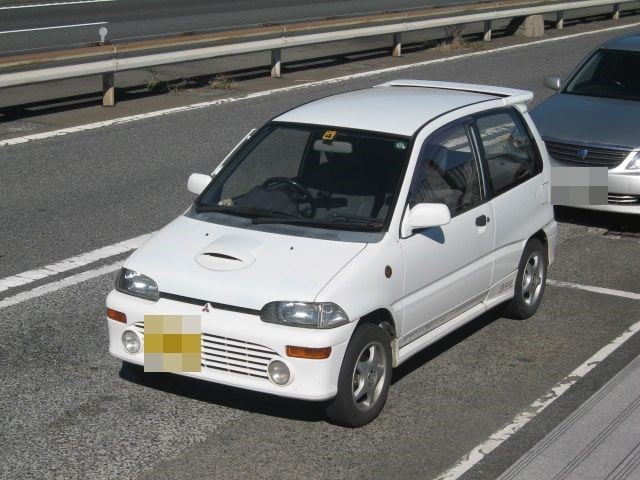
What is a Japanese Kei Car?
First, let’s just get a quick overview of what a Japanese Kei car is. Basically, here in Japan, we have a special class of small, economical (but surprisingly capable and fun) vehicles that are in the special “light” or “Kei” class.
These Kei vehicles can be utility vehicles, like vans and pick-up trucks, they can be family cars and people carrier type vehicles, they can be hatchbacks (including the excellent sports hatchbacks like the Suzuki Alto Works or the Subaru Vivio RX-R), they can be two-seater sports cars, like the famous Suzuki Cappuccino or the Honda Beat, and they can be full-on back-trail masters like the Suzuki Jimny or the Mitsubishi Pajero Mini.
There is really no limit on what type of vehicle a Japanese Kei car can be, and, until recent times, there were not many limits on styling, which is why so many Kei cars continued to look good long after most regular cars became the boring, identical fat boxes that we see pouring out of the car factories of the world today. But there were, and are, limits on the Kei class of vehicles. Let’s look at some of them.
Legal and Design Limits on Japanese Kei Class Vehicles
Basically, the limits on Kei cars relate to body size and engine size (capacity in cubic centimeters). There is also a limit on top speed and engine horse power, but these get ignored and everybody just stays quiet about it. I’m not sure if there is a weight limit, but I think that there is not.
So, what are the limits? A bit of history is necessary here.
In the beginning (of the Kei class, not of the universe) in 1949 the Japanese government set up a low tax category for private cars that were small and light. How small? Well, in 1949 the first Kei cars were only allowed a 150cc engine, if it was a four-stroke, or a 100cc engine, if it was a two-stroke. No one is going anywhere fast in those old goats. The maximum permitted length of one of these little things was only 2,800mm and they could not be wider than 1,000mm (approx. 9’2” x 3’3”). I kid you not
These limits and regulations changed over the years (engines went up to 360cc in 1955) and it’s not important for us to follow them too closely, unless you are looking for an early Honda N-360. This is not a car I would dismiss out of hand, by the way, I know a guy who’s got one, he thinks the world of it, but let’s not get into that yet.
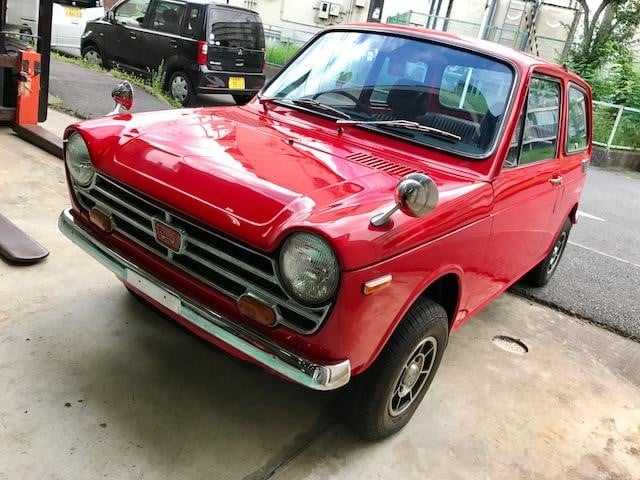
In the late 1980s engine size goes up again to 550cc and we start to see the Kei sports cars that are really what you want to have. Length is now 3,195mm and width is 1,375mm (approx. 10’6” x 4’6”).
These cars are in production up to March of 1990 and we have shipped a number of them to the USA, where they come under the 25-year-old rule and are easy to import to the US with no difficulty and no restrictions about getting them licensed and on the road for fun on fun in America. One of the nicest we exported to the USA from Japan was a 550cc Alto Works.
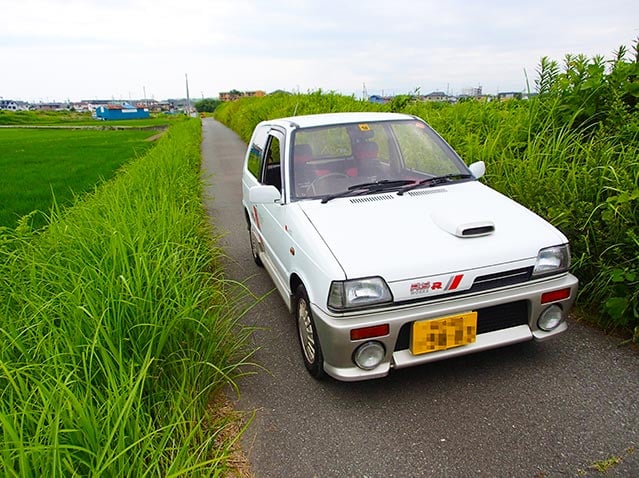
9,500rpm redline:

Excellent! I have driven these cars and they are really a blast. If one came up for sale close to me, I would go for it. No lie.
From March 1990 starts the true “Golden Age” of the Kei sports cars. Engine size goes up to 660cc. Length increases to 3,295mm (approx..10’9”), width remains the same. Now we are getting some beef with these cars and very good power to weight ratios. And in October of 1998 length increases again by 100mm and width goes up 80mm. Engine size stays at 660cc.
Powerful Little Cars
When you are looking at the specs on Japanese Kei sports cars, with a view to exporting one from Japan yourself, it is important to look at the figures for torque output. I’m talking here only about those Kei sports cars that are running forced induction, so, turbochargers, like the Alto Works, or superchargers, like the Vivio RX-R. You’ll notice that the torque output and horse power output in spec lists for Japanese Kei cars running forced induction often do not line up: They all list 64ps (about 63hp), yet the torque figures are higher than what you would expect in an engine giving you 64ps. The reason for this is that these spec sheet figures state, on paper, what they legally must state under Japanese law here as the max horse power: 64ps. There is no legal restriction on torque, so those figures can be stated accurately in Kei car spec sheets. Everybody with me on this?
So, the upshot is: most of your turbocharged and supercharged Japanese Kei sports cars are giving you more than the rated horse power.
That’s why they are such quick little beasties.
O.K. enough of the Kei car technical stuff for now, let’s talk personal experience with a Japanese Kei sports car. Let’s talk about my Kei sports car.
My Japanese Kei Sports Car
Now a while back, one of our customers, who wanted to import a Kei sports car via Japan Car Direct to the USA (which he did in the end, and he loves that little Kei car), asked me to give him the heads up on my own Kei, my 1993 Mitsubishi Minica Dangan (Bullet) ZZ. What I told him basically says it all for me about my own sports Kei:
Balance for cornering is excellent and the chassis is very communicative. Gives good warning when I am approaching the limit on corners and when I transition over the limit the car keeps its poise and does not oversteer but rather remains easy to recover.
The engine has five valves per cylinder (first production five-valve engine, I think) and Mitsubishi put a lot of work, quality, and refinement into the engine (DOHC, multi point fuel injection, turbo with inter-cooler, etc.), but the engine, while highly refined and tuned, is not overly complex with silly electronics and things on it. It was the highest output Kei engine at the time but is not really a highly-stressed unit. Burns Japanese regular gas, too.
The rev band is very wide, with red-line at 9,000rpm, and good useful power throughout the rev range. No major boost lag or peakiness in the power curve.
The gear ratios are well chosen for fun driving on real roads but actually it is not a close ratio gear box. (It can do this because the power band is so good that you don’t have to worry that gearing up will put you too low and into a power gap.)
There is just the perfect amount of feedback and feel from the stick as it goes into gear without it being notchy or too easily slipping into gear.
The suspension is simple and robust, like most Japanese Kei cars, and yet has very good poise in twisty corners. Simple Macpherson struts at the front. The rear is not even fully independent but uses a beam axel! The whole set up works really well. The car is light (690kgs (1521 lbs), same as the first gen Lotus Elise) and super chuckable.
It’s cheap to run (although the engine is made for power and not economy, so it gets less mpg than many other Keis) and it’s easy to fix due to its basic simplicity. A bit tight in the engine compartment, however, compared to some other equivalent vehicles, so changing the timing belt meant releasing one engine mount; and changing the clutch was a tight job: not knuckle bleeding, but just a fiddly pain to get the bits in there and lined up.
It has been a very reliable vehicle and I had over 279,000kms on the clock when I finally had to give the car up.
In addition, like most Japanese Kei hatchbacks, it was a practical little load hauler and people carrier, in spite of its small external dimensions.
The car has NO power steering. YES!!!!!!!
And I never did need to rev it all the way to that 9,000rpm redline.

In the next post about Japanese Kei sports cars, I’ll tell you about what got me hooked on them in the first place (it came to me as a courtesy car, no less!), and I’ll tell you more about the Kei cars that are the best to export from Japan due to availability, parts, etc. I’m talking Alto Works, Cappuccino, Vivio RX-R and others. And I’ll even tell you a little bit about some of the Kei sports cars that you won’t often find now for export since they were made in small numbers, like my old Mitsubishi Dangan ZZ.
For now, if you are asking yourself questions like: Can I import a used Kei car from Japan? How much will a good used Kei sports car cost? Who can arrange export and import? Then just contact us here at Japan Car Direct and we’ll help you out.
-
Next up: Japanese Kei Sports Cars, Part 2


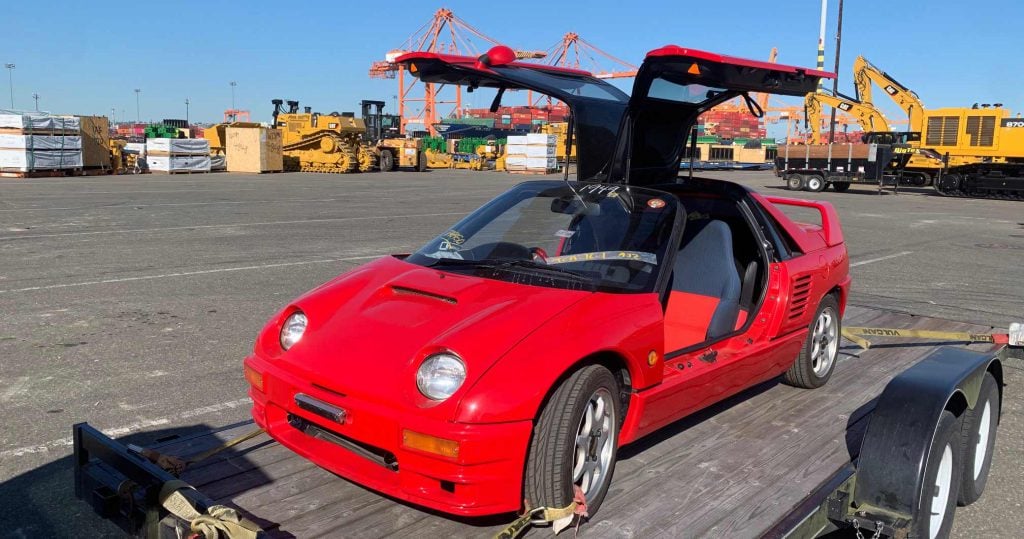
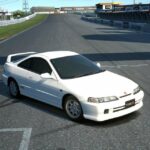





 LiveSupporti
LiveSupporti
Hello,
Just stumbled across your sight. Back in 1967 while in Okinawa I bought a 2000, Fairlady and sent it home. I would love to buy a used car from Japan. This brings up the question , can you send farm tractors or stationary engines ?
Hi Orley,
Thank you for writing to us.
1967! You are going back pretty far aren’t you!
We can ship tractors but not engines. How about another Fairlady?
Best Regards,
JCD Team